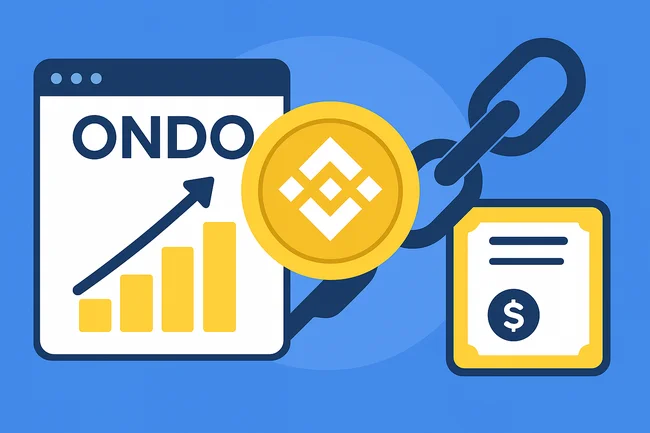A public blockchain is an open and decentralized ledger that allows anyone to participate in the network. It is accessible to all users who can view and verify the transactions recorded on it. This transparency is a key feature, as anyone can audit the history of transactions.In a public blockchain, new transactions are added through a consensus mechanism, typically involving processes like mining or staking. This ensures that all participants agree on the state of the ledger, maintaining its integrity and security. Because the system is not controlled by any single entity, it is resistant to censorship and fraud.Public blockchains, such as Bitcoin and Ethereum, encourage participation and innovation. Developers can build applications on top of these platforms, fostering a diverse ecosystem. However, they can face challenges like scalability and high energy consumption due to the need for extensive computational power. Overall, public blockchains empower users with transparency, security, and the ability to engage in a decentralized network.

Ondo Global Markets Expands Tokenized Stock Platform to BNB Chain
Ondo Global Markets, a tokenized stock and exchange-traded fund (ETF) platform, has expanded its operations to BNB Chain, one of



